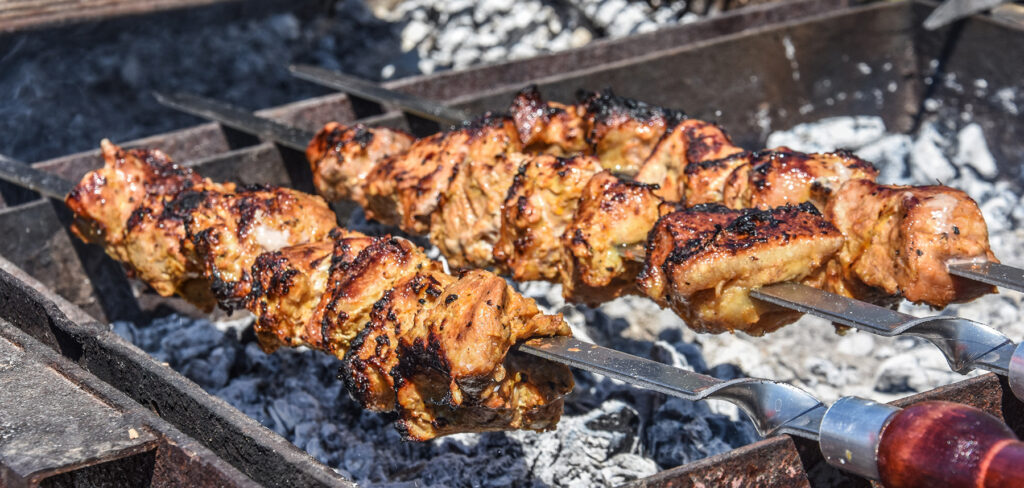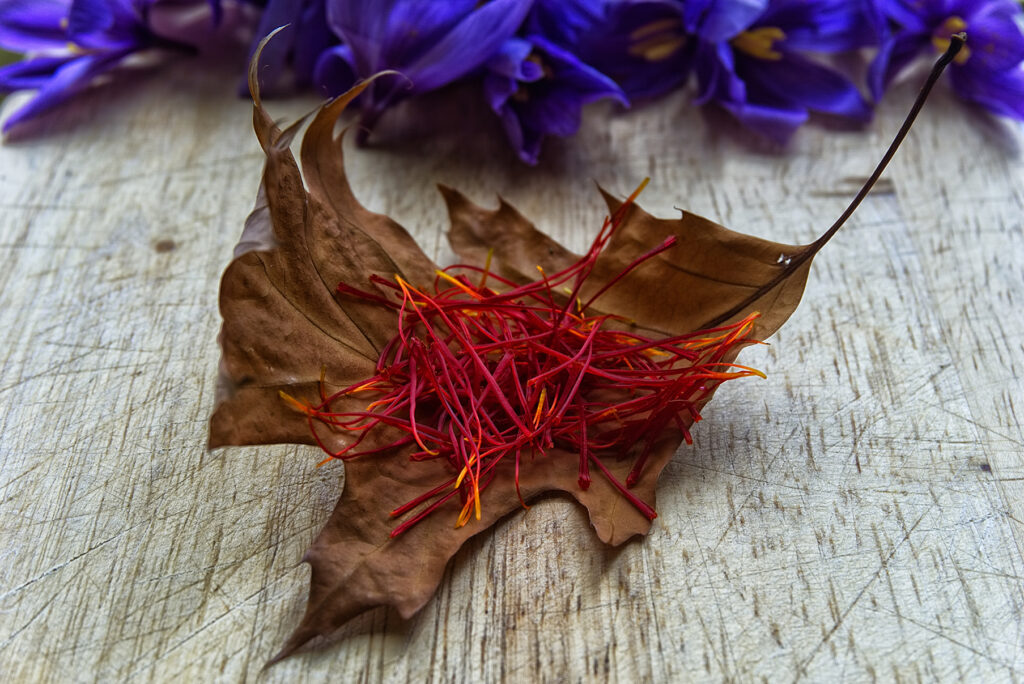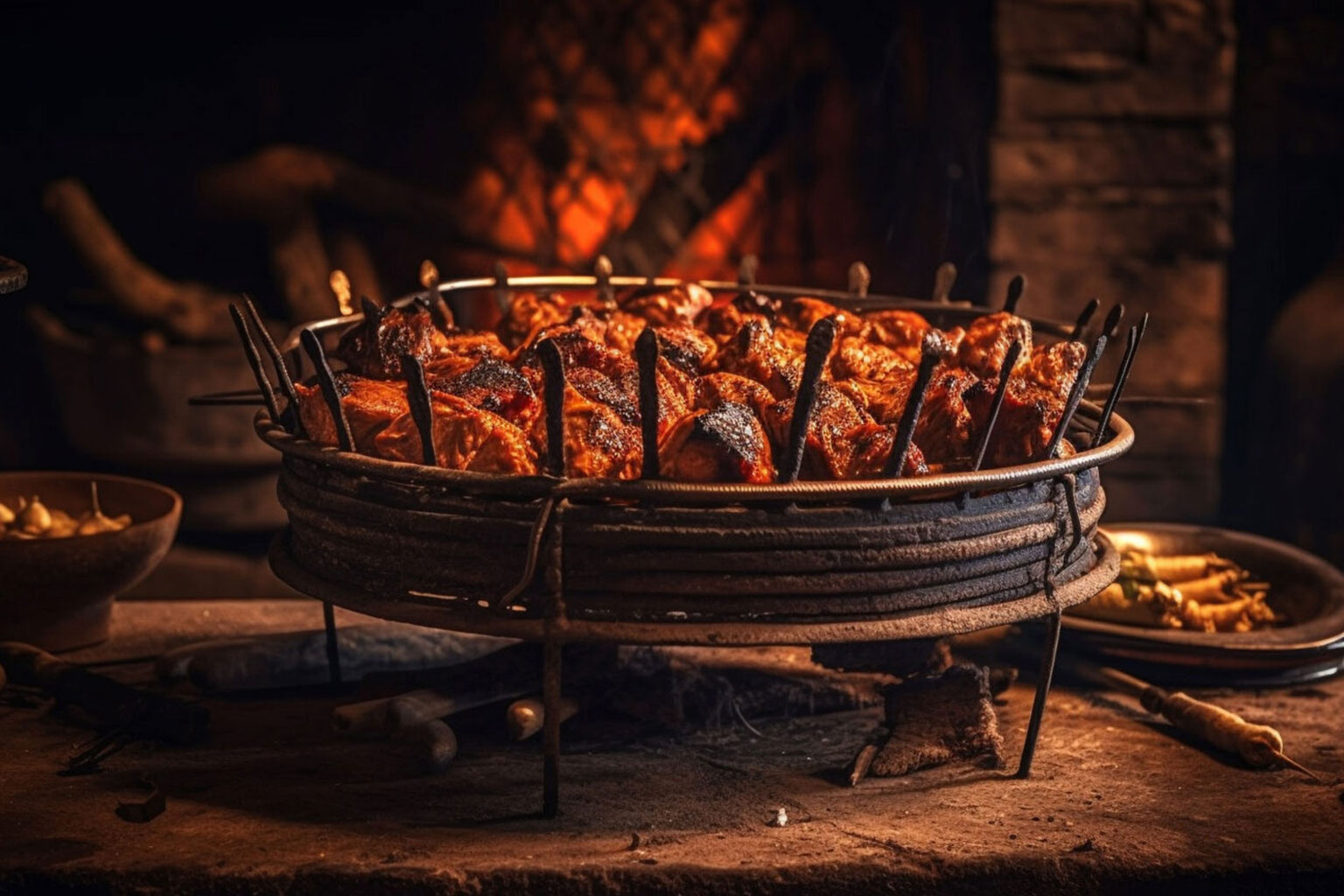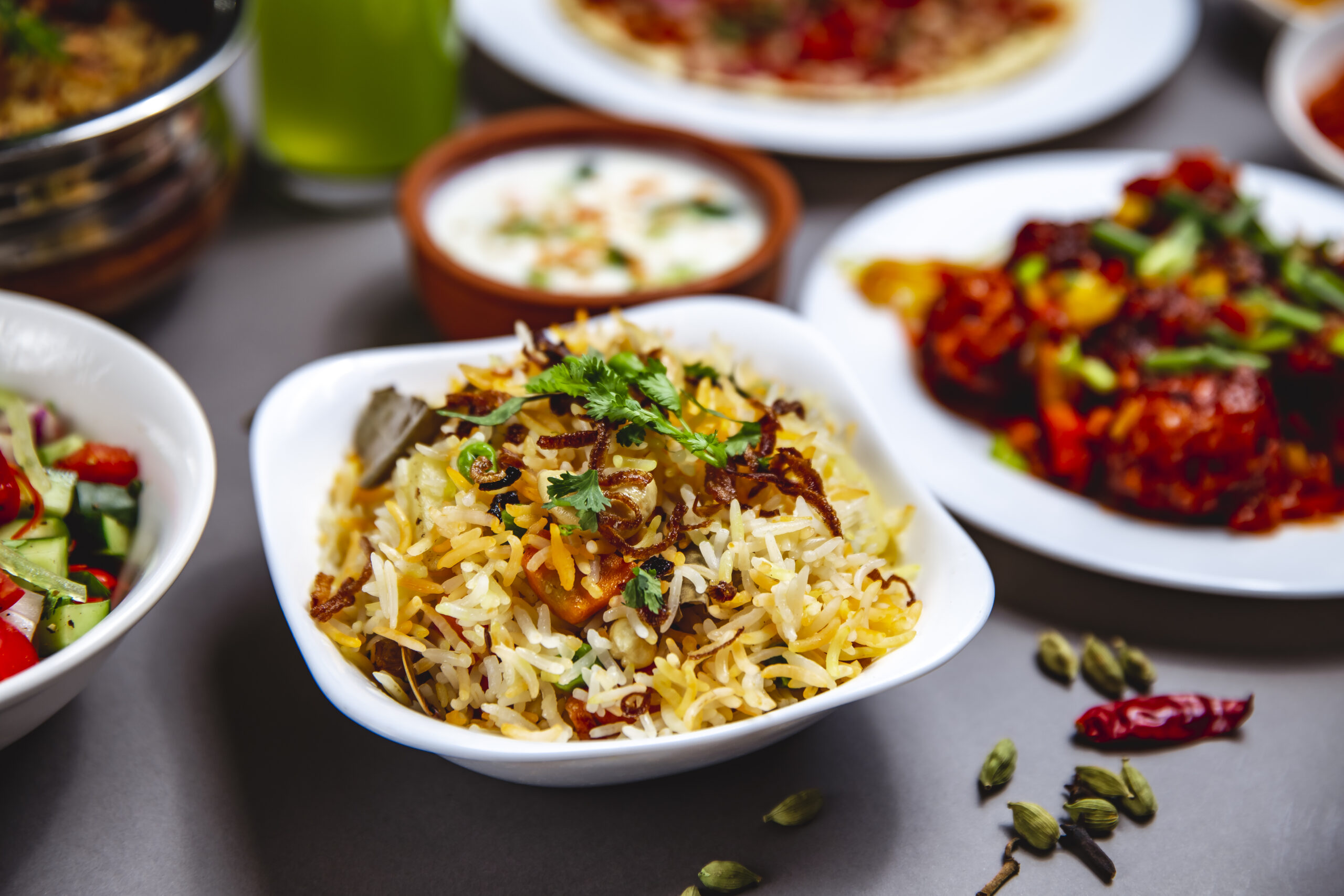The celebrated history of the Awadhi era feels incomplete without mentioning the grandeur of Awadhi cuisine. While the elements were partially derived from the Persian inhabitants and their culinary culture, the Awadhi cuisine primarily assumed an independent form, based on the preferences of the Nawabs.
In the subsequent sections, we shall talk about the history of the Awadhi cuisine while drawing innovative parallels with the dietary inclinations of the Nawabs.
Foundation of the Awadhi Cuisine
The flamboyant Nawabs of Awadh were quite selective regarding the dietary elements. The major emphasis was always on the inclusion of vegetables, dry fruits, grains, and fruits. Moreover, the Nawabs liked their meat tender and devoid of overpowering species. These preferences laid the foundation for Awadhi cuisine, where the bawarchis and rakabdars were instructed to add exotic but restrained flavours to the recipes.
Despite including a few Persian elements and even rudiments from Mughlai cuisine, the Awadhi style of cooking is primarily an original rendition. Moreover, this cuisine also strikes the perfect balance between the slow cooking process and a host of other innovative techniques, exclusively introduced by the cooks of this era.
From a geographical point of view, this cuisine started flourishing once the Nawabs shifted the capital to Lucknow. The old capital, i.e., Faizabad, continued to draw inspiration from the Mughlai style of cooking, but the shift to Lucknow allowed the Nawabs to try out the local chefs, who rendered a sense of exclusivity to the cuisine. The legacy continued as the provincial Nawabs were food connoisseurs and kept encouraging and honing the skills of the bawarchis.
Innovative Techniques That Stood the Test of Time
Unlike some of the other cuisines prevalent during the Nawabi era, the Awadhi style of cooking stood out primarily due to the innovative techniques that were invented along the way. Ghee Durust Karna was one of the oldest and most authentic renditions of the Awadhi cooking art. This technique is still being used in some of the restaurants that serve an authentic form of this cuisine.

This technique involves tempering clarified butter or ghee in the presence of cardamom pods and Kewra water. The aromatic ghee, if and when derived, is used to enhance the fragrance and taste of diverse recipes. Bawarchis of the Nawabi era also introduced the Dum style of cooking, or the famous Dum Pukht technique, which involves cooking meat and veggies in a lid-covered vessel.
Packed with flour dough around the edges, this form of cooking is used to process semi-cooked ingredients. Dum Dena is an indigenous process that requires charcoal as the cooking base. Other revolutionary techniques include Dhungar, a process of rendering a smoky flavour to certain dishes, and Gile Hikmat, where the meat is stuffed with condiments and nuts.
The preparatory mixture is wrapped in banana leaf, covered with clay, and stuffed deep into the ground for continuous cooking. The process requires a fire source to be placed atop the mix, and the same continues for almost 6 to 8 hours.
Handpicked, Authentic Awadhi Dishes
We all need to see practical examples to understand the historical significance of Awadhi cuisine. The first dish that we would like to discuss is Zarda. This item comes across as the perfect fusion of basmati rice and dry fruits. Precisely tagged as savory, this dish also features cherries and cardamom syrup. Much like most of the Awadhi delicacies, even Zarda brings in adequate quantities of saffron, thereby giving this recipe an amazing aroma and refreshing taste.
Tunde Ke Kebabs is yet another Lucknowi representation that derives its name from the one-handed cook who popularised this recipe. Based on substantiated claims, this is a century-old dish and uses a mind-boggling mix of almost 160 spices. The flavour-infused masala is still a secret that is maintained with care across some of the best restaurants serving Awadhi cuisine.

We all must have tried the Shahi Korma, a Lucknowi classic featuring spice-infused cream, nuts, seed paste, and yoghurt used to cook the meat. The spicy sauce simmers while the slow-cooked meat is carefully added to it over a feeble charcoal flame. This recipe involves the principles of slow cooking.
The Legacy continues with “The Awadh.”
Dishes like these are difficult to experience unless you order in from The Awadh, a place that aims to keep he Awadhi flame burning. The Awadh has the best set of chefs who have mastered the dying art and are focused on offering the authentic taste of Lucknowi cuisine. With the Singaporean gastronomical community already recognising the supreme taste and innovative underlining concepts of Awadhi cuisine, global recognition for this exclusive art of cooking is only a matter of time.





